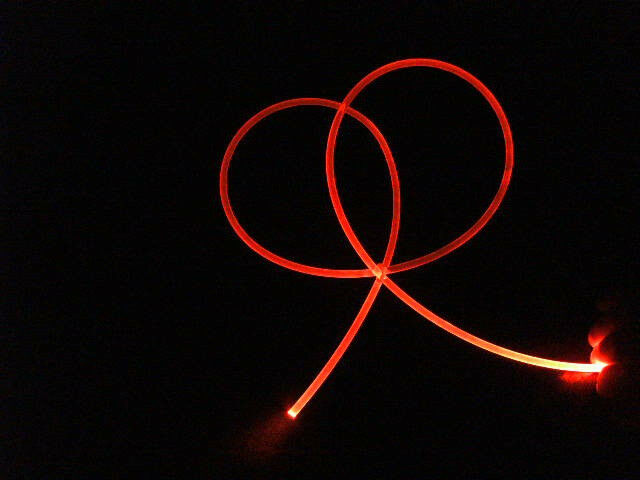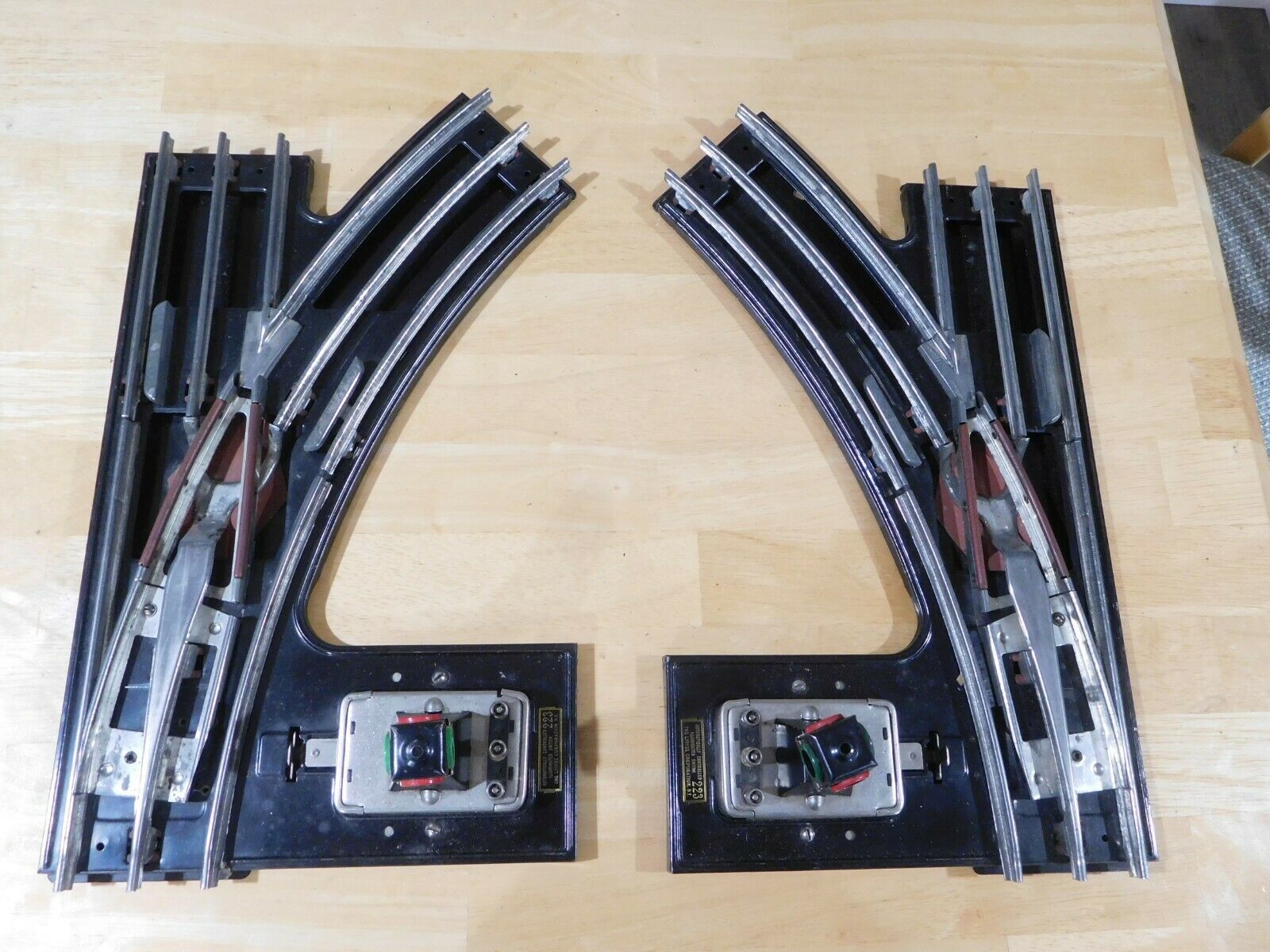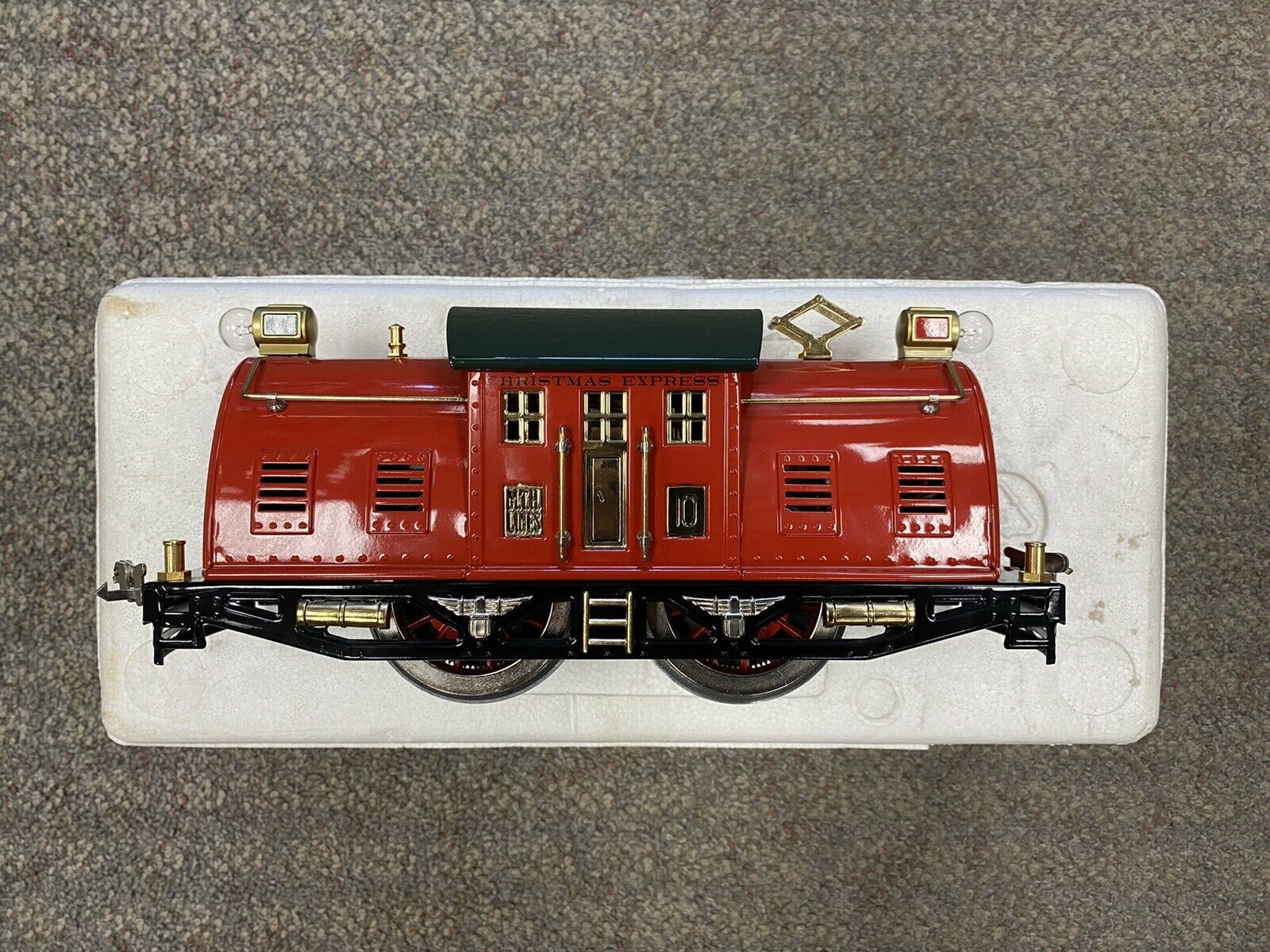-40%
TOY TRAINS of YESTERYEAR: Lionel, American Flyer, Ives, Bing, Howard, NEW BOOK
$ 7.89
- Description
- Size Guide
Description
Toy Trains of Yesteryearby Case Kowal
This is an unopened NEW BOOK (not used).
We handle all books with white gloves (no fingerprints on your book).
A Railroad Bookmark is included with each book.
Book is wrapped and mailed in a top-quality, durable container.
We try hard to be the NUMBER 1 Railroad Book Dealer on ebay with 1,500+ titles.
Order before 3:00 pm (ET) for same-day postal mailing.
ebay Seller's Note:
This book went
Out of Print
in January 2020 and is no longer available from publisher.
This ebay seller has acquired ALL available NEW BOOKS from publisher.
Limited Quantity -
NEW Book available only here!
An historic
Carstens Book
Book is a collection of articles reprinted from
Toy Trains Magazine,
covering
early manufacturers
, train sets and more.
The early toy train makers:
* Lionel
* Ives
* American Flyer
* Bing
* Dorfan
* Howard
* Weeden
* Knapp
and others are featured from
1900-1939.
Photos of rare old toy trains.
The Trains of Yesteryear
puts into one book many of the fascinating toy train collecting articles written by Case Kowal for
Toy Trains Magazine
during the early 1950s. The issues containing these articles have since been out of print and the rare back issues of Toy Trains command collectors' prices when they can be found. At the request of countless collectors, this 2nd
Edition has been produced.
Toy train collecting has come a long way since the early 1950s, during which time the Train Collectors Association was organized (1954). Many items manufactured in the early 1950s and later have become sought after collectors items in themselves. Restoration, once looked down upon, became of age and is recognized as an important tool for the legitimate collector when properly done. Train meets are regularly held throughout North America.
While all the articles in this book have been completely reset, the publisher has not changed the original articles in any way. They are reprinted just as they originally appeared insofar as the text is concerned and without apology.
For greater reading pleasure we have redesigned the pages and added new illustrations.
In 1906, Lionel introduced a new line of model trains that ran on track with a width (between rails) of 2.125 inches. In order to power the electric locomotives, the track included a third rail in the middle, which conveyed electricity.
After coming up with a slogan that proclaimed
Lionel—Standard of the World
, Lionel named the design
Standard Gauge
and filed a trademark. Lionel derived the name from an incorrect interpretation of a gauge defined by the German toy company, Märklin. Whereas Lionel measured width between rails, Märklin measured the width from the center of one rail to the center of the other.
In fact, this standard gauge was decidedly non-standard—European manufacturers had settled on two inches, as had Carlisle & Finch, the company that invented the toy train. The No. 1 gauge was much smaller, at 1.75 inches. But
standard
stuck and, more importantly, implied the sizes of other brands were, in fact, the strange ones.
Regardless, Lionel’s standard gauge trains became exceedingly popular, especially in the 1920s, when the company’s care and attention to detail helped it dominate the market. Models like the super-realistic State-series passenger cars and the huge Shasta locomotive (the highly prized No. 381 E) thrilled kids—not to mention collectors today.
But Lionel’s trademark didn’t prevent other companies from producing their own 2.125-inch trains, which they generally called “wide gauge” instead. American Flyer, Ives, and Dorfan all entered the market, often with success.
Founded in 1924 by German immigrants Milton and Julius Forchheimer, Dorfan specialized in wide- and O-gauge trains. Whereas Lionel promoted itself as the standard, Dorfan pitched a slightly different angle—its trains, the company proclaimed, were easy to disassemble and reassemble. Accordingly, the company encouraged its young users to do just that as a way of learning about the trains’ design and inner-workings. Like Lionel, Dorfan also pushed for increasingly high levels of detail, including illustrations of passengers in their train windows. Like many other businesses of that era, Dorfan could not survive the Great Depression.
Dorfan locomotives are highly valuable today because of the copper-zinc alloy the company used to manufacture them. This metal—now known as Dorfan alloy—was prone to impurities, which caused the locomotives to oxidize, expand, and crack. As a result, very few have survived in good, original condition.
Another producer of standard-gauge trains was Ives, which began as a toy company in 1868. Buoyed by its famous slogan, “Ives Toys make Happy Boys,” Ives was making toy trains early on. In 1921, it introduced its own line of wide-gauge trains to compete with Lionel, perhaps motivated by a fierce personal rivalry between Harry Ives and J. L. Cowen of Lionel.
Although Lionel bought out Ives in 1931, Ives made an important contribution to the history of toy collecting in the 1920s when it arranged exhibitions of its trains in New York galleries and showrooms. Many historians believe these shows sparked an interest in old toys as collectible objects.
American Flyer was another player in the wide-gauge market, producing its first wide-gauge trains in 1925. Unfortunately, within just a few years the size began to fall out of fashion. As it had done with Ives, Lionel eventually bought out American Flyer—that consolidation occurred in 1967.
Once a mighty fad in the 1920s, wide- or standard-gauge trains were killed by the hard times of the Depression. Instead, companies shifted to O gauge trains, which were smaller, and therefore cheaper, to manufacture.
Even Lionel, the inventor of the standard gauge, discontinued its own line in 1940, although it reproduced its standard-gauge trains in 1990s for collectors eager to own a piece of the past.
Contents:
Carlisle & Finch
Knapp Trains
Weeden Live Steamers
Howard Trolleys
Howard Trains
American Flyer's Unsuperstitious No. 13
American Flyer's Deluxe No. 3020
American Flyer's Wide Gauge
Bing of the Twenties
Bing Clockwork
Early German Clockwork
Lionel's No. 33
Lionel Electrically Lighted O Gauge
Lionel's Big No. 22
The Lionel Armored Train
Dear Mr. Ives: No. 17
Ives No. 1 Gauge
Ives Economy Models
Made in The Ives Shops: Wide Gauge
Limited Vestibule Express
Ives Streamline Train Designs
Dorfan and Die Castings
Softbound, 8.5x11, 52 pages, includes text, 95 b&w photos w/extensive captions, and illustrations.
ebay Seller's Note:
You may also be interested in these
highly-acclaimed,
inexpensive,
and
hard to find NEW books
in our ebay store:
* Lionel’s Standard Gauge Era - .95
* Toy Trains of Yesteryear - .95
* Complete Layout Plans - .95
* 150 Years of Toy Trains - .95 (hardbound)
ALL above books: Carstens Books
Visit our ebay store to view other books of interest.
We sell books: Railroad, Aviation, and Modeling books of the Golden Age Era.
WE PACKAGE OUR BOOKS EXTREMELY WELL SO THE BOOK WILL NOT BE DAMAGED IN THE MAIL.
No one packages books better than we do.




















